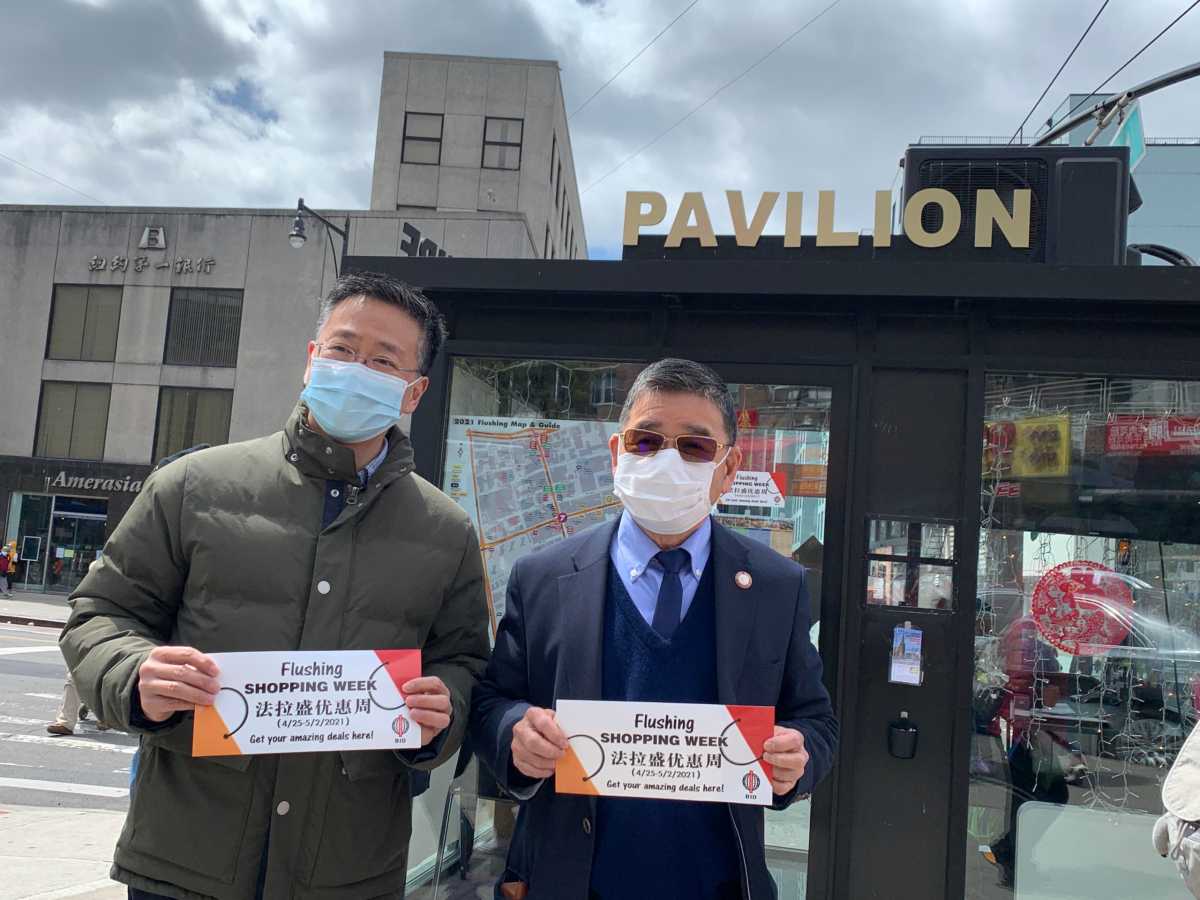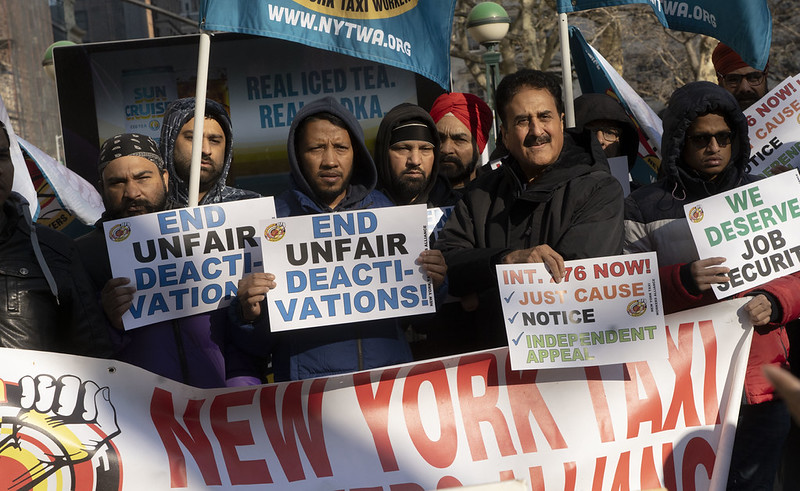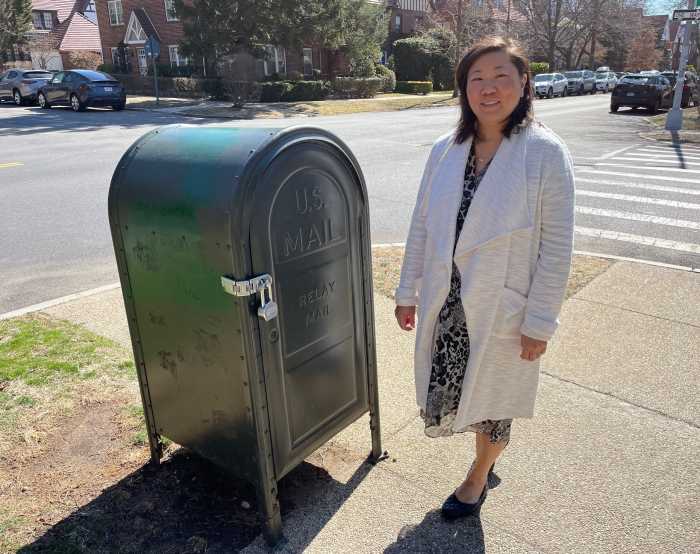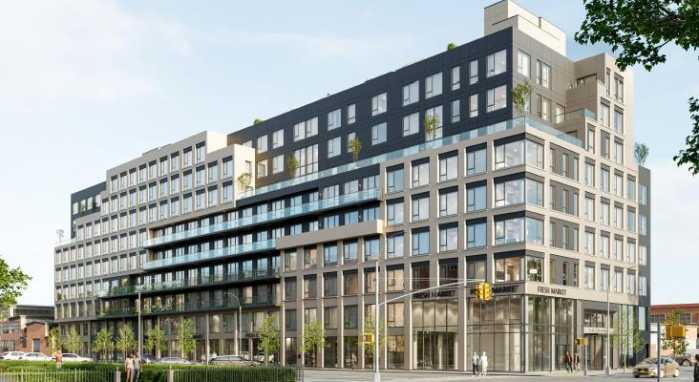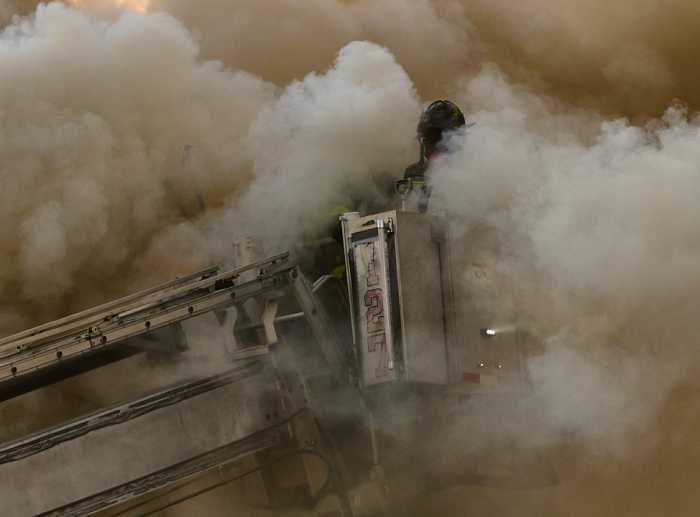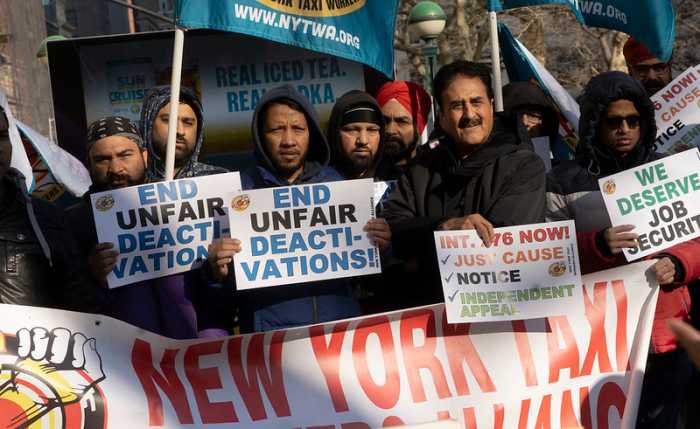In an effort to attract consumers back to the community, the Downtown Flushing Transit Hub Business Improvement District (Flushing BID) organized the first Flushing Shopping Week event that launched on Sunday, April 25, and will run through Sunday, May 2, with more than 30 merchants providing amazing deals to families.
The participating businesses are from different sectors, including restaurants, retails, hair salons, beauty services and travel agencies, that will provide consumers with exclusive discounts and quality services. A total of 5,500 “Let’s go, Flushing” reusable totes will be distributed to consumers as a reward by participating businesses to promote the concept of going green.
According to Dian Yu, Flushing BID executive director, Flushing Shopping Week provides consumers with everything they can imagine that’s on the list — from drinks, to food and beauty services.
“We are encouraging families to come out to downtown Flushing and to do something together. For example, mom can go to the retail shops and dad can go to the hair salon, and the travel agency has joined us as well,” Yu told QNS. “By putting everyone together, we do feel that it’s more fun and attractive for people and it gives us a better chance for people to come out and enjoy themselves.”
The Flushing BID is also preparing to announce their upcoming food festival, The Taste of Flushing, partnering with some food delivery apps to help restaurants. While known for its authentic Asian cuisine, downtown Flushing also features 2,100 retail and service businesses and has become the fourth largest central business district in New York City.
Local businesses are the economic engine pushing downtown Flushing forward. However, the small business sector in the community began experiencing a loss of revenue and consumers in early January 2020, amid reports of the coronavirus that had originated in Wuhan, China, canceling Lunar New Year festivities and stoking fear of a possible outbreak in the city. When the pandemic hit New Yorkers in March and non-essential businesses had to shut down, it devastated the local economy.
“The community has seen the 2008 financial crisis and all of the realty bubbles, and to think Main Street would be empty, is something that never came across our minds,” Yu said. “The business community has been open seven days a week, 365 days a year, these are hardworking immigrants of businesses that make this community better and stronger.”
A year later, as the city continues to reopen amid the pandemic, business owners are still struggling to survive, Yu said.
More than 50 restaurants and over 100 other businesses were permanently closed during the pandemic. Based on the Flushing BID’s analysis, about 45 beauty shops have closed or turned over, which is considered a big loss in the community, Yu said.
“Everyone had pandemic fatigue and, to say the least, I think the local business community has a headache from a loss of revenue, business and consumers. Those holiday revenues they were supposed to collect and then the shutdown happened, it really hurt,” Yu said. “Now, we are slowly opening up and there is an opportunity for Flushing to do something.”
Along bustling Main Street, which is usually packed with people, foot traffic has recovered to 70 percent from 30 percent pre-pandemic, Yu said, but it’s not what he calls a complete mix of the community due to the fact that side street businesses are not getting the benefits, since many shoppers stay on Main Street.
“That’s what I call foot traffic, but in a small business community, what we also rely on is the foot traffic and consumers — the people who decide to go to beauty shops on the side streets, hitting the retail shops and markets, and restaurants, not just takeout,” Yu said.
According to Yu, it’s crucial to have the consumers back to support all of the businesses, as restaurants and supermarkets are slowly recovering following the shutdown. Prior to the pandemic, the retail sector was experiencing some competition from online businesses, that took a share of revenue from local mom-and-pop stores that were already struggling and making it even harder for them to compete.
Most of the small business owners don’t have a website or social presence, with around 5 to 10 percent of local businesses utilizing social media to promote their businesses, Yu said.
“Most small businesses don’t have the time, resources and skills to promote on social media,” Yu said. “Many of the businesses in downtown Flushing are run by first generation business owners, and am saying they’re good at what they do, but they just don’t have the time.”
According to Yu, that is slowly changing since some of the businesses are being taken over by the younger generation and are doing more to promote their family business, and the Flushing BID provides assistance to support those businesses, bringing them together.
“When small businesses are on their own, it doesn’t make them strong. When we get all of the businesses together and make an effort to grow together, it makes us stronger,” Yu said.
As the community continues to grapple with the revitalization of small businesses, Yu said they’re also dealing with the launch of the Flushing Main Street Busway, which gives priority travel to buses and trucks for a 0.6-mile stretch of the busy corridor.
As of Jan. 19, cars were no longer allowed on Main Street and part of Kissena Boulevard between Northern Boulevard and Sanford Avenue. This, Yu said, has been a concern for impacted local businesses along the corridor, as fewer passenger car access would reduce commercial business in the area.
“The impact of the busway is not about riders versus car drivers. Downtown Flushing is a transit hub and also a major hub for people to come from different areas such as Long Island, Connecticut, New Jersey, and the local areas, where those people tend to drive,” Yu said. “Those people may or may not be familiar with the area, and if they drive down Main Street and get a ticket [and that’s something they can’t do anymore or some may not be aware] or if they park in a spot and their car is towed and impounded, they may not come back.”
According to Yu, the Flushing BID is trying to promote flexible hours by changing the busway schedule to Monday through Friday, from 6 to 9 a.m., and 4 to 7 p.m., so commuters can get too and from work on time and the buses can move faster.
“There is no need to have the busway on Main Street for 24 hours,” Yu said.
Moving forward, Yu said he is feeling optimistic about Flushing’s recovery, but it will require everyone to pitch in to support the community’s growth during a challenging time.
“We need the local businesses to stick together, we need the property owners to help local merchants, and we need the local merchants to hang in there,” Yu said. “But most importantly, we need the consumers back. Downtown Flushing is no longer a supermarket and dining place, it’s also a place for comprehensive medical services and also professional services — it’s a vibrant community where people can do business across the board.”
For more details about Flushing Shopping Week, visit flushingbid.com, or Wechat official account “FlushingBID.”

